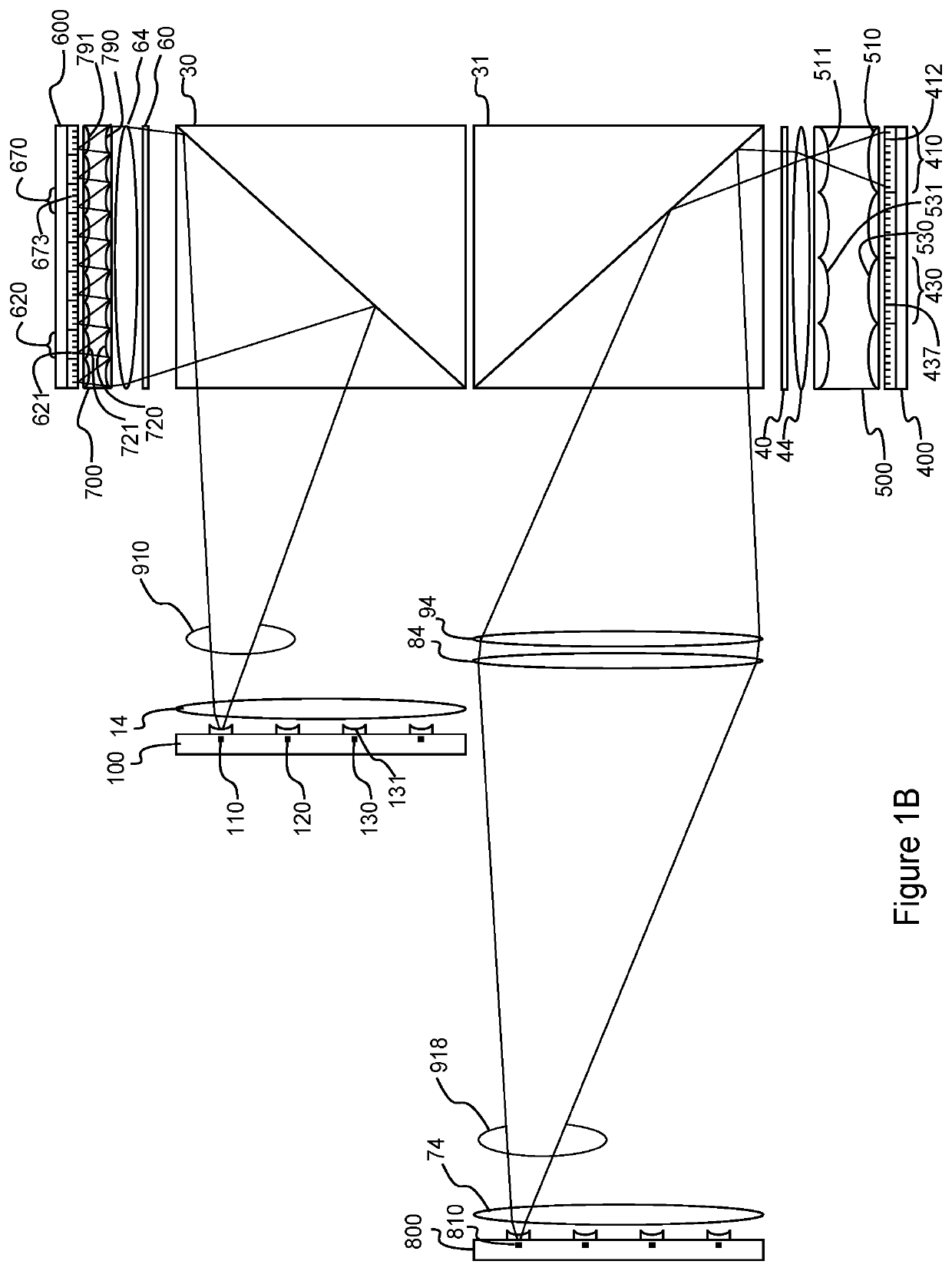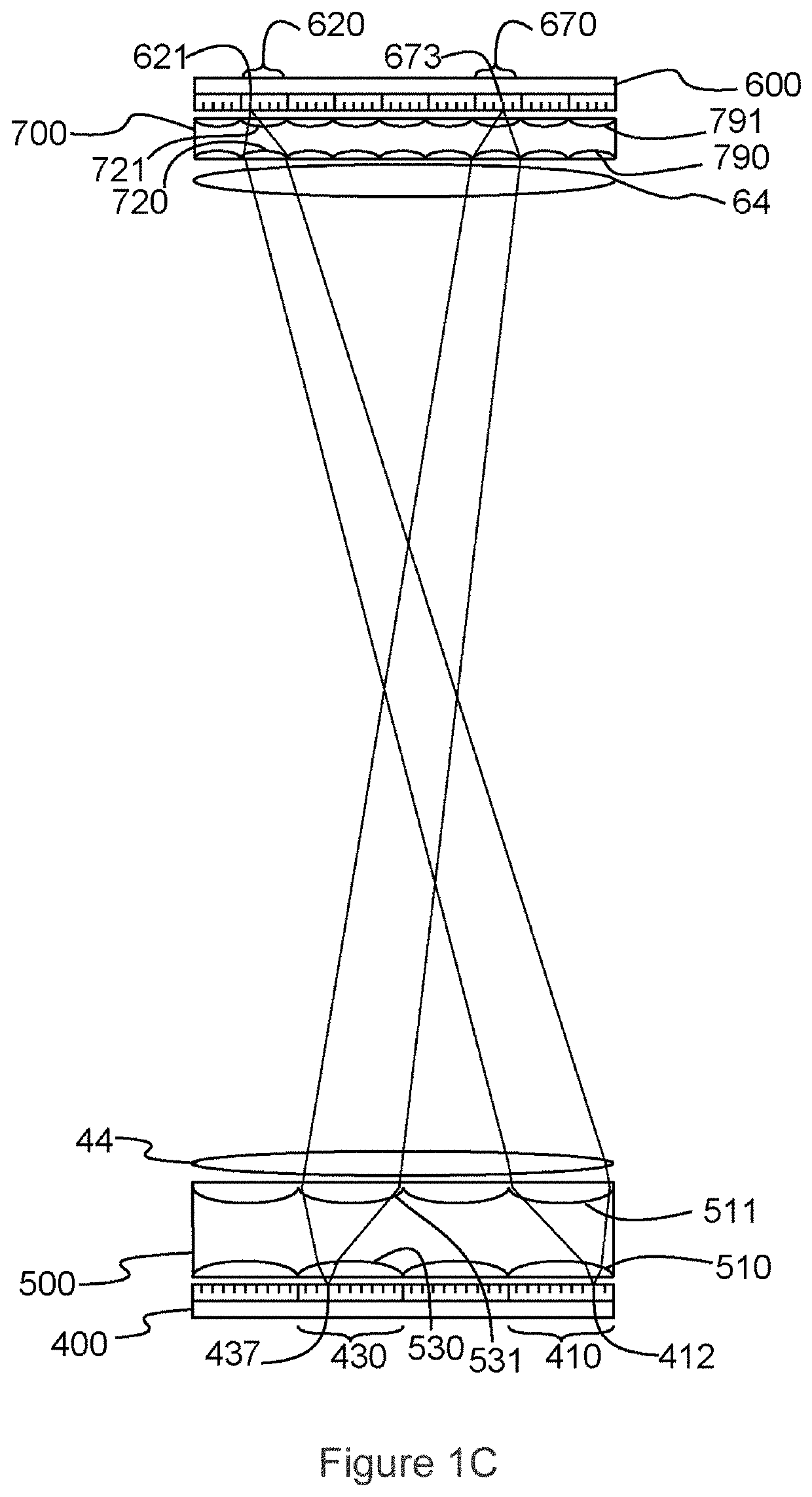Optical Shuffle Computation Network
a computation network and optical shuffle technology, applied in electromagnetic transmission, electrical equipment, electromagnetic network arrangements, etc., can solve the problems of computational systems growing in complexity, increasing the space of wires on the system, and increasing the limitations of computation systems, and achieve high memory density
- Summary
- Abstract
- Description
- Claims
- Application Information
AI Technical Summary
Benefits of technology
Problems solved by technology
Method used
Image
Examples
Embodiment Construction
[0039]The following description sets forth embodiments of an optical shuffle computation network according to the invention. Embodiments of the invention can be applied to computational environments such as artificial neural network systems, array computation, memory access and to networked computational systems.
[0040]The general functionality of the optical shuffle computation network is to accept signals from an array of collected tiles, transmit signals from each over a long range to a set of dispersed tiles, where the signals may access memory and where the signals may be exchanged locally and transmitted back to the original or to an exchanged collected tile.
[0041]FIGS. 1A-1E are schematic top views of an optical shuffle-exchange network according to an embodiment of the invention. FIG. 1A shows communication between optoelectronic transducer arrays 400 and 600. In the specific embodiment shown in FIGS. 1A-1E, collected array 400 is a portion of the originating chip (not shown)...
PUM
 Login to View More
Login to View More Abstract
Description
Claims
Application Information
 Login to View More
Login to View More - R&D
- Intellectual Property
- Life Sciences
- Materials
- Tech Scout
- Unparalleled Data Quality
- Higher Quality Content
- 60% Fewer Hallucinations
Browse by: Latest US Patents, China's latest patents, Technical Efficacy Thesaurus, Application Domain, Technology Topic, Popular Technical Reports.
© 2025 PatSnap. All rights reserved.Legal|Privacy policy|Modern Slavery Act Transparency Statement|Sitemap|About US| Contact US: help@patsnap.com



